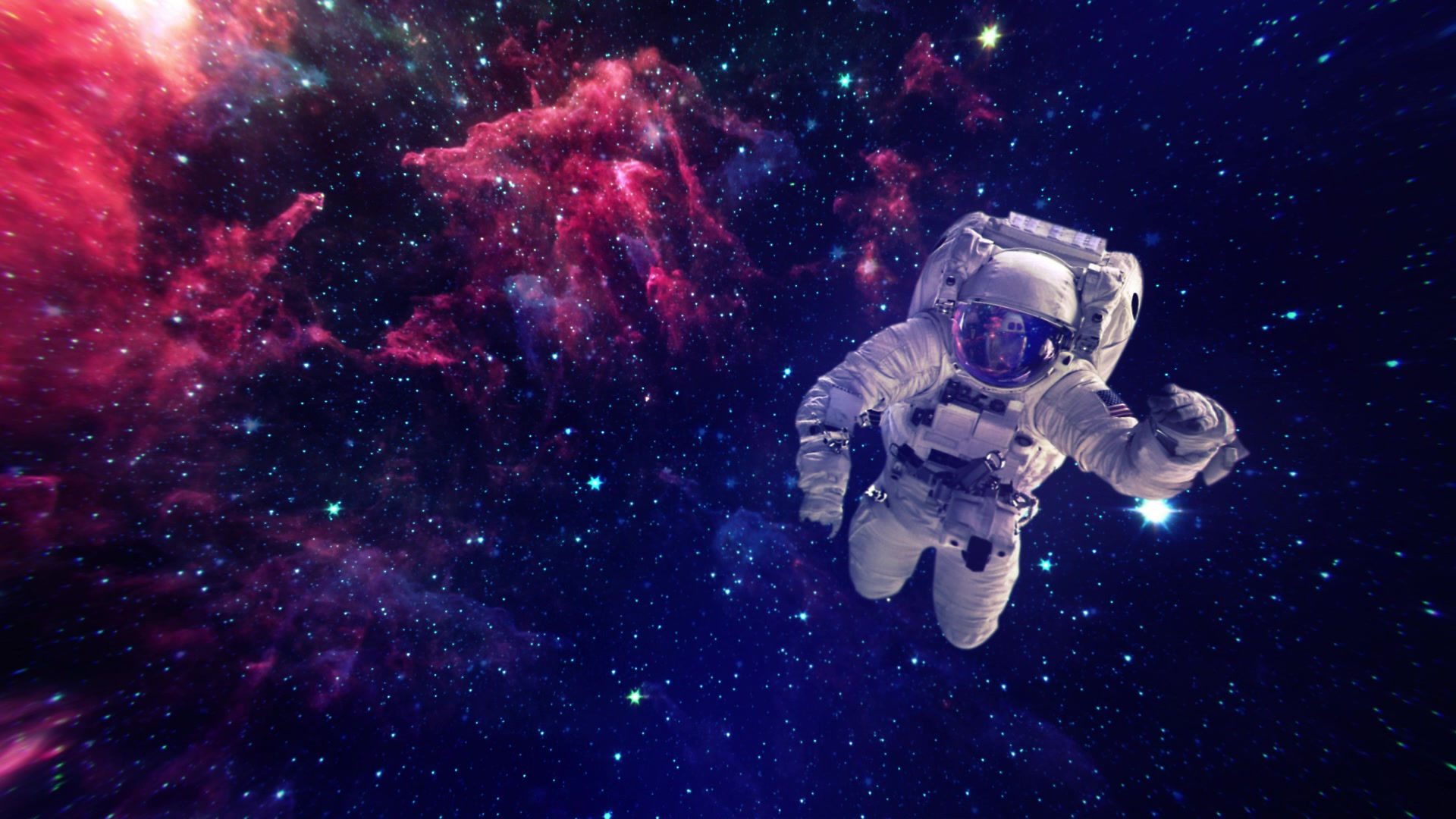Context Statement - Advertising
- Amelia
- Jun 17, 2018
- 3 min read
Healer -1 is a concept festival developed to show the potential behind our new Marketing Strategy for not-for-profits. In order for charities to maximise return and have the biggest impact towards their cause they need a marketing strategy that actively engages a wide audience, while being cost-effective.
Charities should be able to focus their profits on their mission in order to have a greater impact on their cause, rather than worrying about exposure.
Art has the power to connect with an audience on an emotional and informative level. Harnessing the power of art and creativity enables us to connect and evoke emotion from our audience. We can promote our concept charities mission by creating an interactive art installation that is both aesthetically pleasing as well as ‘instagram-worthy’, rather than pay for a costly ‘in your face’ advertising campaign, that can often have an adverse reaction;
“The research shows that trust and confidence in charities has fallen to the lowest recorded level since monitoring began in 2005 – from 67% to 57%” (Shawcross, 2016).
Complaints to the Advertising Standards Authority in the first half of 2017 show that TV continues to be the most complained about advertising medium ("Latest UK ad complaint figures released", 2017). “I do not respond to these adverts for money. You never know what proportion of the money gifted is actually going to help these people” ("What are your views on TV Charity Begging Adverts?", 2015).
There is a need to readdress how charities advertise themselves to the public, and assess if the money paid into these advertisements are really getting the desired results. Although current forms of advertising are working for the target demographic now, future generations have the biggest say over the future of the industry. How will charities best reach new audiences in a few years time when millennials begin to have secure, deposable income?
With our concept, by encouraging an audience to interact and post images of our work to social media, advertising is done for free. In 2016, 2.3 billion people used social media ("Digital in 2016", 2016). The art portrays a more personal message and evokes a stronger curiosity when shared amongst friends and influencers. 92% of social media users trust recommendations from other people over brands (Burgess, 2016) and 89% of Millennials trust friend or family recommendations more than brand claims ("5 Ecommerce Techniques for Connecting with Millennial Shoppers", 2015). As a result, interest in influencer marketing jumped 90x between 2013 and 2016 ("10 Biggest Influencer Marketing Statistics 2016", 2016). This means that a post uploaded by a friend is much more likely to gain someone’s attention than a sponsored post from a brand. By providing an aesthetically pleasing and charitable piece of art, viewers will be more compelled to upload a photo to social media and share it with their friends than a beautifully styled billboard ad.
Our aim is to create an interaction between the audience and the charity to prove that there is new possibilities for charitable advertising. The Big Hoot is the most recent example of charitable advertising in NZ – rethought. With over 5000 related # posts on Instagram ("#thebighoot", 2018) and its English counterpart in Birmingham raising over £500k in 2015 ("Big Hoot owls sold for £500k", 2015) it seems art that evokes interaction and curiosity holds strong marketing potential. The Big Hoot was an art trail with large owl sculptures displaying bespoke works of art from a range of Kiwi Artists, with the intention of raising awareness and funds for the Child Cancer Foundation ("The Big Hoot Auckland", 2018). The installations encouraged family and community involvement, rather than presenting a sad reality to unsuspecting TV viewers, and achieved great success in their campaign.
References
#thebighoot. (2018). Instagram.com. Retrieved 9 April 2018, from https://www.instagram.com/explore/tags/thebighoot/
10 Biggest Influencer Marketing Statistics 2016. (2016). Mediakix. Retrieved 9 April 2018, from https://goo.gl/gYALV2
5 Ecommerce Techniques for Connecting with Millennial Shoppers. (2015). Kissmetrics. Retrieved 9 April 2018, from https://goo.gl/uk9KYC
Big Hoot owls sold for £500k. (2015). BBC News. Retrieved 9 April 2018, from http://www.bbc.com/news/uk-england-birmingham-34548107
Burgess, E. (2016). 11 Essential Stats for Influencer Marketing in 2016 - [ION]. ION. Retrieved 9 April 2018, from https://goo.gl/vug4Qo
Digital in 2016. (2016). Slideshare.net. Retrieved 9 April 2018, from https://www.slideshare.net/wearesocialsg/digital-in-2016
Latest UK ad complaint figures released. (2017). Asa.org.uk. Retrieved 9 April 2018, from https://www.asa.org.uk/news/latest-uk-ad-complaint-figures-released.html
Shawcross, W. (2016). Trust in charities is at an all-time low. Time to change. The Guardian. Retrieved 9 April 2018, from https://goo.gl/Ghb6ng
The Big Hoot Auckland. (2018). The Big Hoot. Retrieved 9 April 2018, from https://www.thebighoot.co.nz/
What are your views on TV Charity Begging Adverts?. (2015). Silversurfers. Retrieved 9 April 2018, from https://goo.gl/sUk5de

Comments